Choosing The Perfect Running Shoe
For runners, selecting the right footwear is a crucial decision that can significantly impact their performance, comfort, and injury prevention.

For runners, selecting the right footwear is a crucial decision that can significantly impact their performance, comfort, and injury prevention. Whether you're a casual jogger or a marathon enthusiast, understanding the factors that influence shoe choice is essential for a successful running experience.
Understanding Your Running Style
Runners come in all shapes, sizes, and styles. Before diving into shoe selection, it's important to consider:
- Foot Type: Runners with high arches, flat feet, or neutral arches require different levels of support.
- Gait Pattern: Whether you're a heel striker, midfoot runner, or forefoot runner affects the type of cushioning you need.
- Running Goals: Casual runners, long-distance enthusiasts, and speed demons all have different footwear requirements.
Brooks Women's Glycerin 21 Running Shoes
It's Run Month at Academy, and they're here to celebrate all runners, whether you're a sprinter, jogger, beginner, or ten-year vet. The broad platforms promote smooth heel-to-toe transitions, and the engineered, warp-knit uppers keep your feet cool and comfortable. The nitrogen-infused DNA LOFT v3 midsoles cradle your feet in comfort, and the RoadTack rubber outsoles resist wear and tear.
Terrain Considerations
The surface you run on plays a significant role in shoe choice:
- Road Runners: Opt for shoes with shock absorption and support to mitigate joint impact.
- Trail Runners: Look for enhanced grip, traction, and cushioning for uneven terrain.
- Mixed Surface Runners: Seek a balance between support and traction.
Hoka One One
Hoka's signature maximalist cushioning provides exceptional comfort and impact protection, allowing for extended runs with minimal fatigue. The responsive midsole ensures a smooth, propulsive stride, while the breathable upper keeps your feet cool and dry, mile after mile.
Cushioning Preferences
Runners have varying preferences when it comes to cushioning:
- Maximum Cushioning: Provides a soft, cloud-like feel, ideal for long-distance runners or those seeking extra comfort.
- Minimal Cushioning: Offers a more responsive connection to the ground, favored by runners who want to feel the surface beneath them.
Adidas Adistar 3 Running Shoe
The Adistar's design prioritizes comfort. Its responsive cushioning ensures a smooth, energized stride, whether you're tackling a marathon or a casual jog. The sculpted outsole offers exceptional grip and stability, and its light and flexible build minimizes fatigue, so you can focus on your run.
Support and Stability
Depending on your foot's tendency to roll inward (overpronate) or outward (underpronate), you may need:
- Neutral Shoes: Suitable for most runners.
- Stability Shoes: Offer additional support for overpronators.
- Motion Control Shoes: Provide maximum support for severe overpronation.
Nike Running Alphafly 3 Road Racing Atomknit Sneaker
The innovative rockered sole, clearly marked with "Zoom," promises a responsive ride, maximizing energy return with each stride. Full-length carbon-fibre plates optimise your stride's efficiency.
The Importance of Proper Fit
A well-fitting shoe is crucial for comfort and injury prevention:
- Sizing: Get your feet measured, especially at the end of the day when they're largest.
- Toe Room: Ensure there's enough space for toe movement.
- Snug Fit: The shoe should feel secure but not tight.
On Running Cloudmonster Low-Top
This shoe is perfect for runners who want a lightweight, responsive shoe that will help them achieve their best performance. The understated grey and white colorway makes it a versatile choice for any runner.
Technical Considerations
For the more discerning runner, additional factors to consider include:
- Shoe Drop: The difference in height between the heel and forefoot, which affects running mechanics.
- Weight: Lighter shoes for speed, heavier ones for durability.
- Breathability: Important for keeping feet cool and dry during long runs.
The Personal Touch
Ultimately, choosing running shoes is a personal decision. Factors like comfort, personal preferences, and specific foot needs should guide your choice. Many runners find it helpful to try on multiple pairs and even test them with a short run before making a final decision.
Remember, as your running style evolves or your shoes wear out (typically after 400-500 miles), it's important to reassess your footwear needs. By paying attention to these factors and listening to your body, you can find the perfect shoe to support your running journey, whether you're hitting the pavement for a quick jog or training for your next marathon.

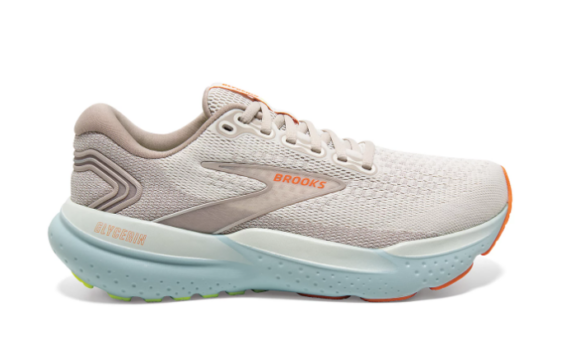
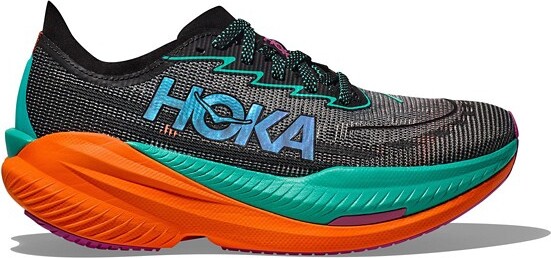
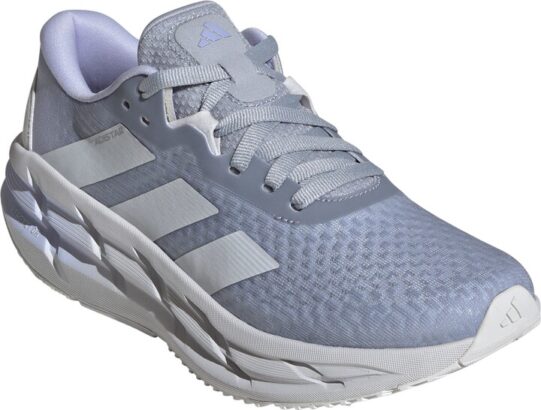
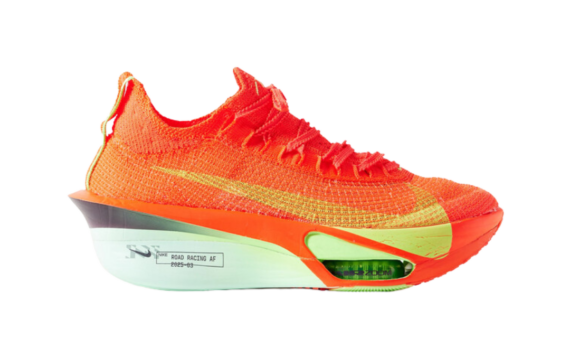
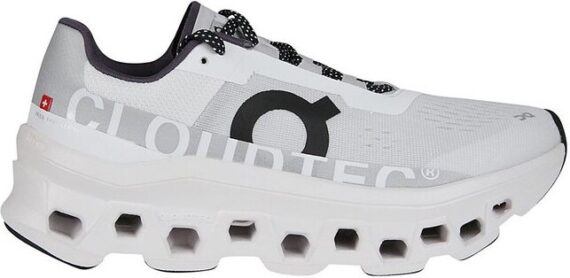



You must be logged in to post a comment.